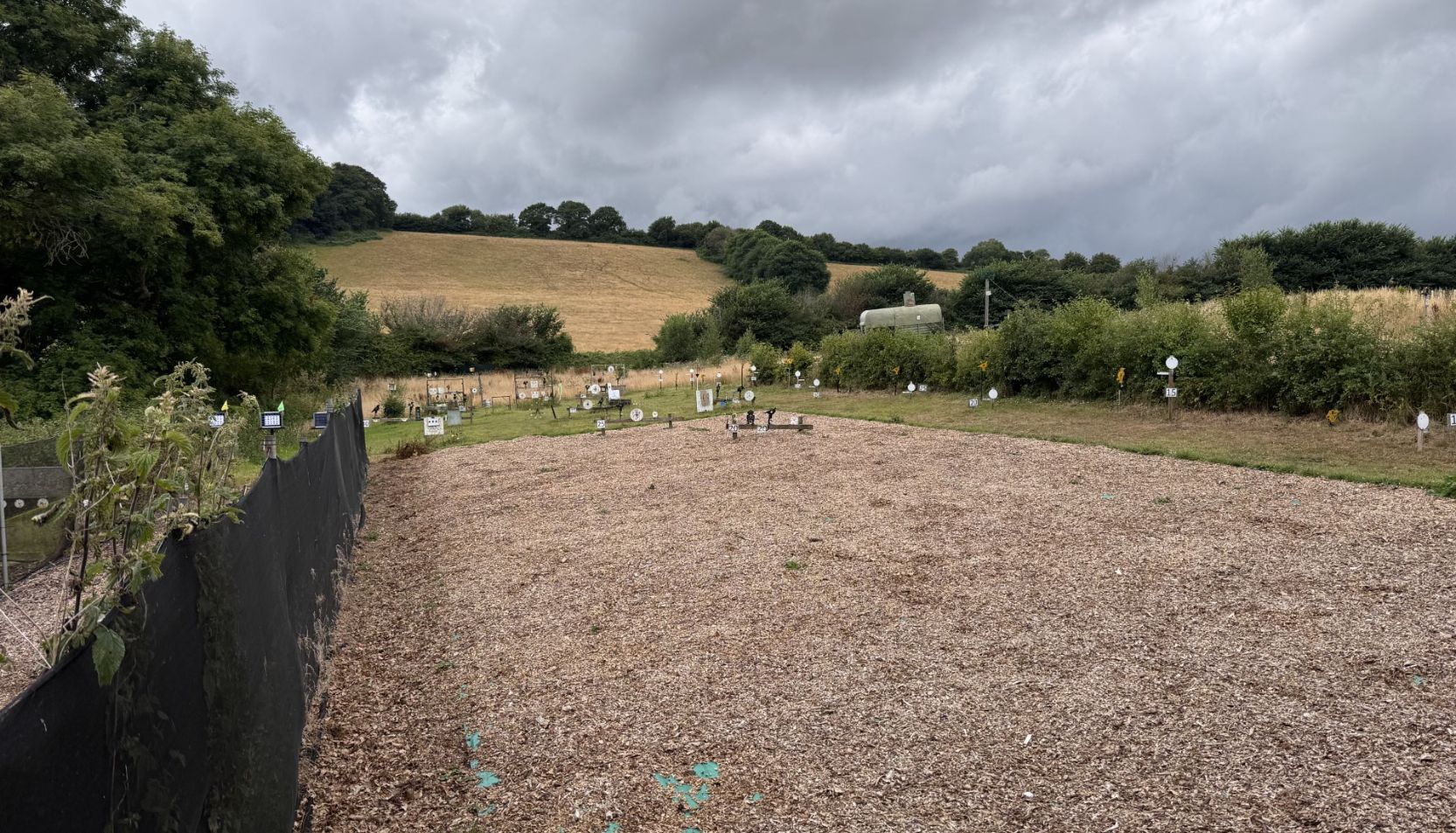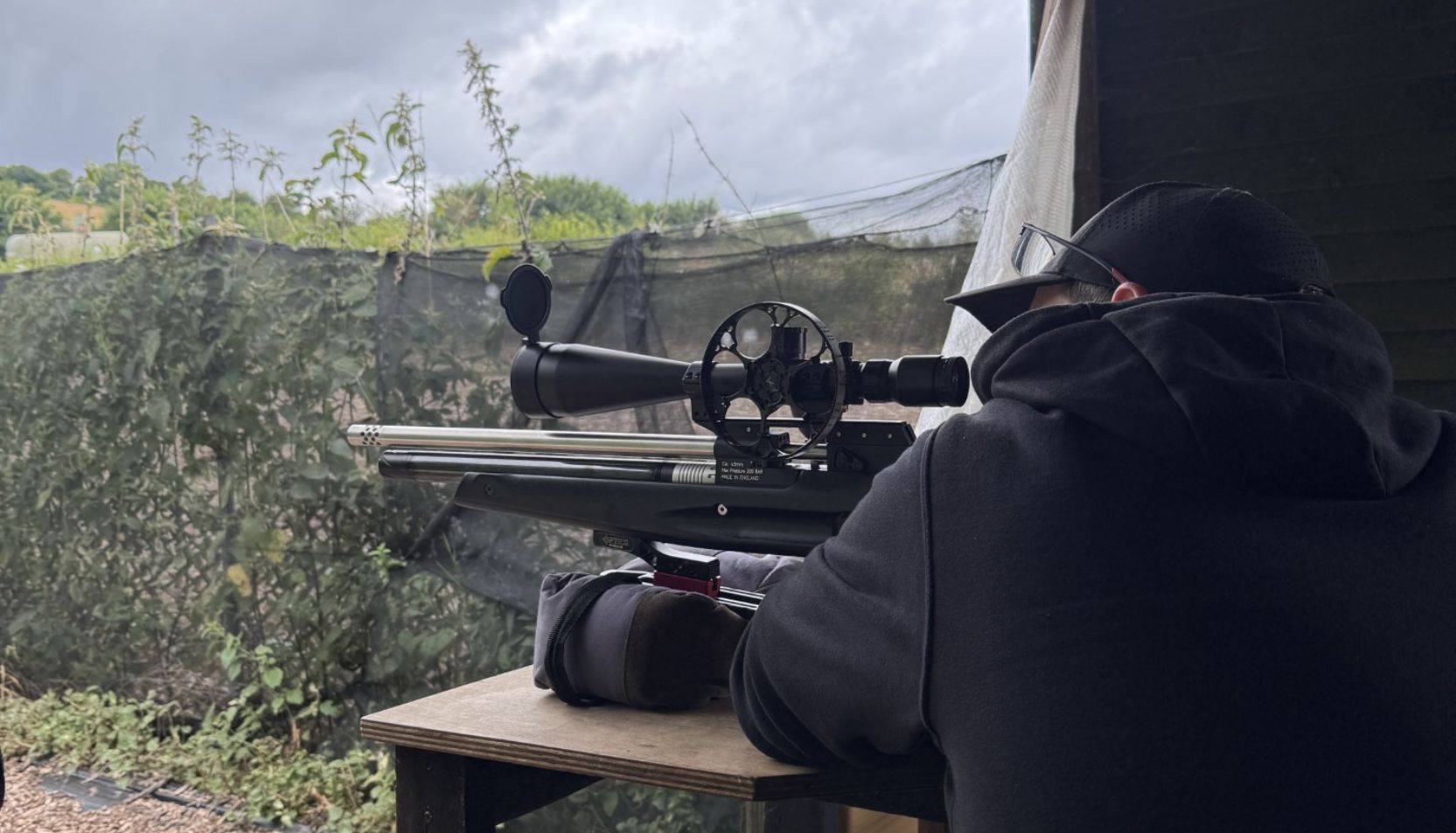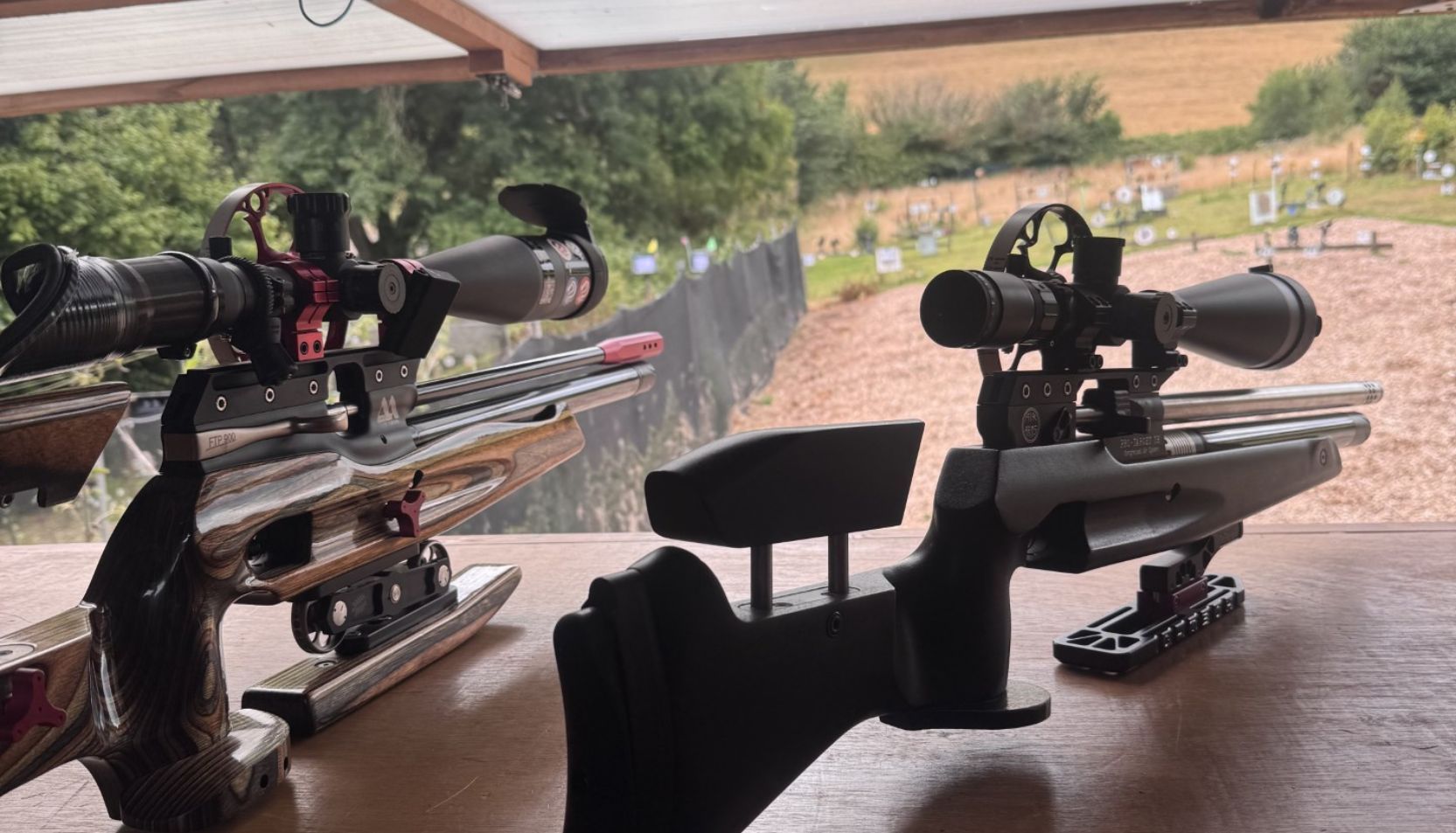Getting Started with Precision Shooting
This weekend, I had my first proper day out at the shooting range – and what a day it was. I headed down to Phoenix Airgun Club with Ad Cross (Technical staff), who’s no stranger to precision shooting. I’d never shot before, so I was stepping into completely new territory – and I honestly loved every second of it.
Ad was a brilliant guide. He started off by showing me how to zero a Falcon X50 scope. For those who don't know (like I didn’t), "zeroing" is basically getting your rifle set so that where you're aiming is where the projectile hits. Sounds simple enough – but it definitely takes a bit of patience and technique.
We set up at the bench, and I took my first few shots. After each shot, if it wasn’t quite hitting the spot, I’d tweak the windage and elevation turrets on the scope, then shoot again. It became a bit of a rhythm: shoot, adjust, shoot again. The goal was to get a nice, tight group of shots all landing in the same place, and once that started happening, it felt great.
With the scope zeroed in, it was a totally different experience. Each shot felt more intentional, and I could see the results straight away. I started to build confidence in both my aim and my understanding of the scope. Hitting the target consistently was incredibly satisfying – it’s one thing being shown how to do it, but another to actually see it come together in real time. I could appreciate the process of making small adjustments and watching them pay off.
Ad also showed me his DOPE card – something he'd already put together. (DOPE stands for “Data On Previous Engagements. ") It’s basically a reference that shows you how much you need to adjust your scope at different distances. Using that, I learned how to “dial” for different target ranges, adjusting the scope based on how far out the target was.
The whole experience was a mix of technical skill, focus, and a bit of trial and error – but that’s what made it so satisfying. It’s not just about pulling the trigger; it’s about understanding your equipment, reading the conditions, and dialling everything in just right. By the end of the day, I felt like I’d gone from total novice to someone who could at least hold their own on the range. Massive thanks to Ad for the expert guidance – already looking forward to getting back out there and refining those groups even more.
One of the other key things Ad walked me through was the two-stage match trigger on the rifle. Before we even got into taking shots, he emphasised how important it is to understand the feel of the trigger and to always treat it with respect. A two-stage trigger means there's a bit of take-up at first – a light pull that stops just before the shot breaks – and then a crisp second stage where the actual shot is fired. Ad explained that this setup helps with control and precision, especially when you’re trying to place your shots accurately. He also drilled into me the golden rule of trigger safety: finger off the trigger until you’re absolutely ready to shoot. It might sound basic, but building those habits from the start is crucial. That awareness and discipline really stuck with me, and it gave me a solid foundation to shoot both confidently and safely.










